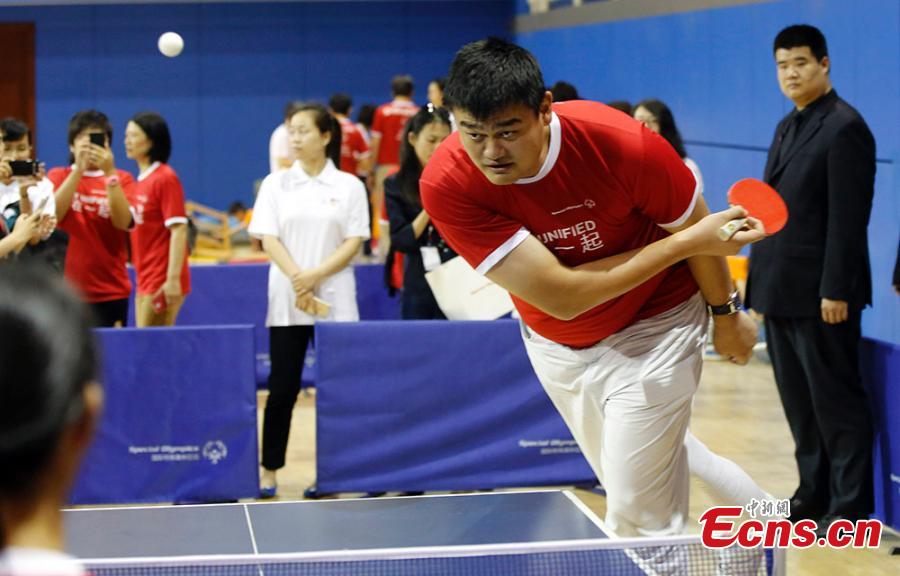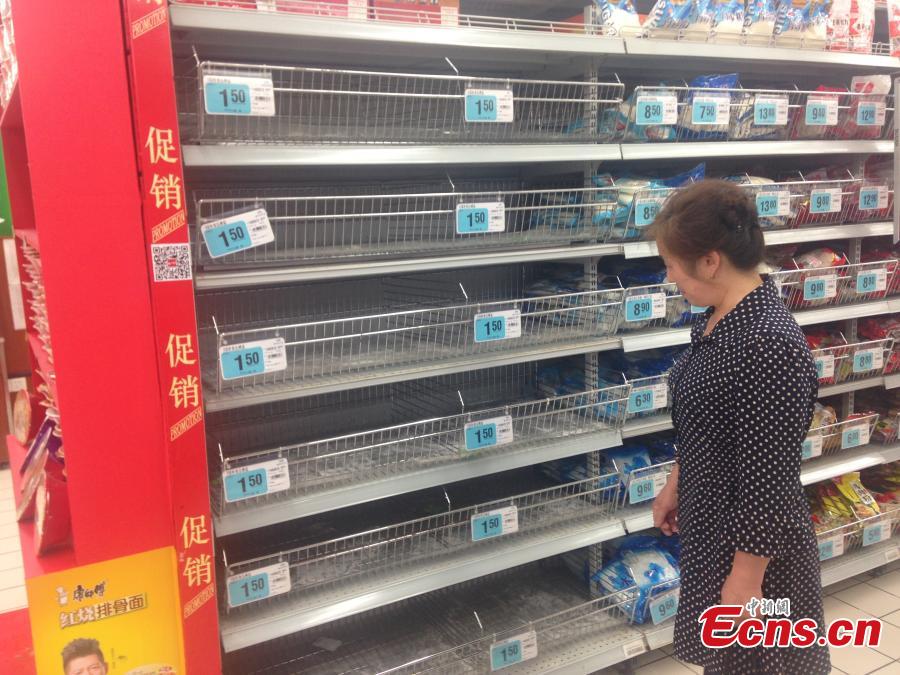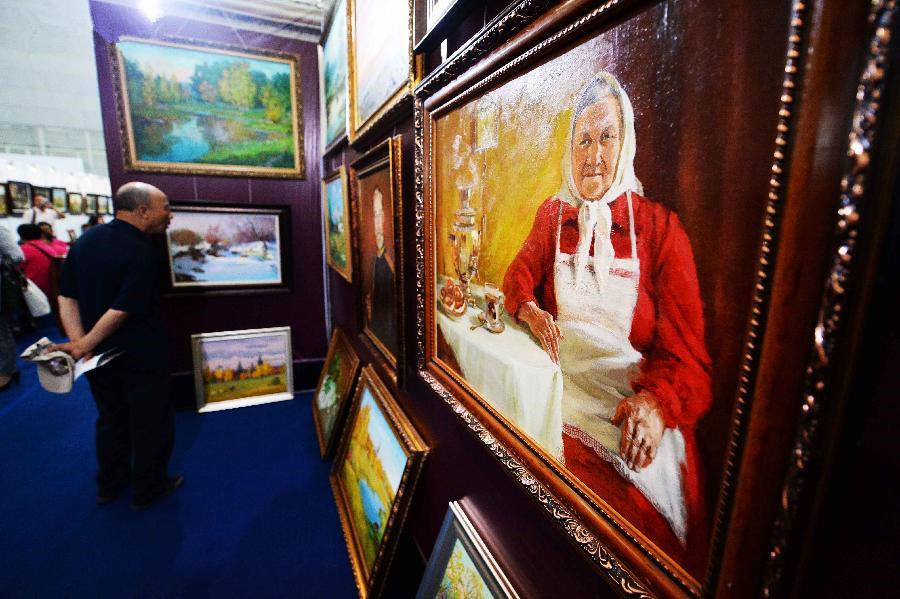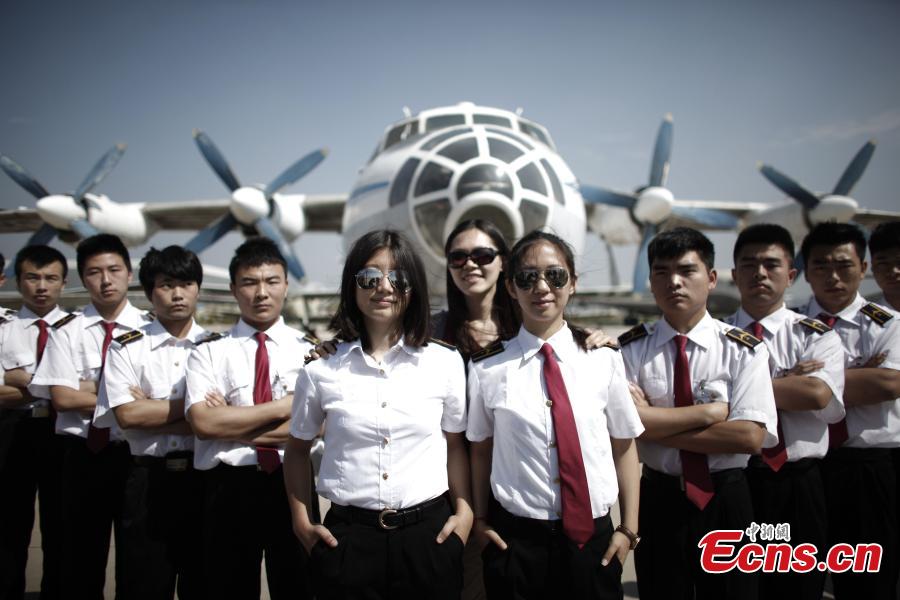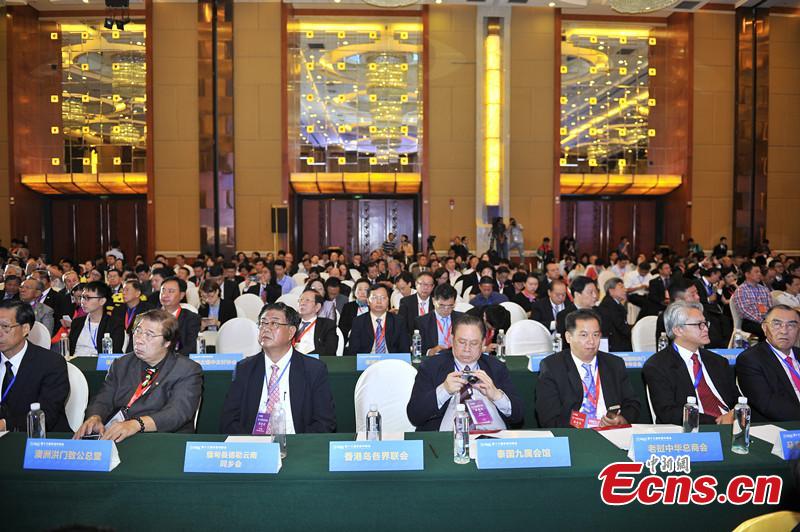(Ecns.cn) -- A post on Weibo, the Chinese version of twitter comparing prices in China with the U.S. is hot among Chinese Web users.
According to the post, people in China with a monthly salary of 5,000 yuan ($773.6) will spend 30 yuan ($4) on lunch at KFC and at least 30,000 yuan ($4641) on a domestically-made Xiali automobile. In the U.S., those with a monthly salary as high as $5,000 will spend 4 dollars on lunch at KFC and up to 30,000 dollars on a top brand BMW.
A report from China Youth Daily two days ago shows that America underwent zero or low levels of inflation over the past two decades, while also enjoying a high speed of economic development and a rapid increase in personal income.
China, on the other hand, had already suffered four rounds of inflation in the years 1988, 1994, 2007 and 2010, seeing the purchase power of the yuan declined.
This raises the question: Are Chinese commodity prices higher than in the U.S.? Experts interviewed by China Youth Daily answered in the affirmative, saying that given the current purchasing power and per capita income, prices in China are higher than America.
According to some macro economists, the situation is partly caused by rapid bank loan inflation triggered by the large scale of investment promoted by the government in the past two years, during which time the money supply in China exceeded that of the U.S. by 20%. Another explanation is that, under the current economic strategy of relying on exports, China's basic currency has been used to hedge the increase of foreign exchange reserves, which in return leads to more money supply and higher prices.
Han Bing, an expert on relations between Sino-U.S. commodity prices, believes that tax burdens have also contributed a lot to the higher prices.
According to Han, the higher prices in the domestic market have been pushed by the extra trading costs paid by consumers.
According to statistics from Gaoyong, deputy director at the institution of Finance and Trade of the Chinese Academy of Social Sciences, the revenue of the Chinese government has risen with the speed of the growth of the GDP since 1994. At that time, the country adopted a system of tax distribution in which 70% of tax revenue comes from circulation process in the form of value-added, consumption and business taxes.
For example, cosmetics priced at 100 yuan in a Chinese shopping mall include 14.53 yuan of value-added tax, 26.64 yuan of consumption tax and 4.02 yuan as urban construction tax, amounting to 44.19% of the selling price. Han pointed out that 50% of the price of cosmetics such as makeup goes to the government.









